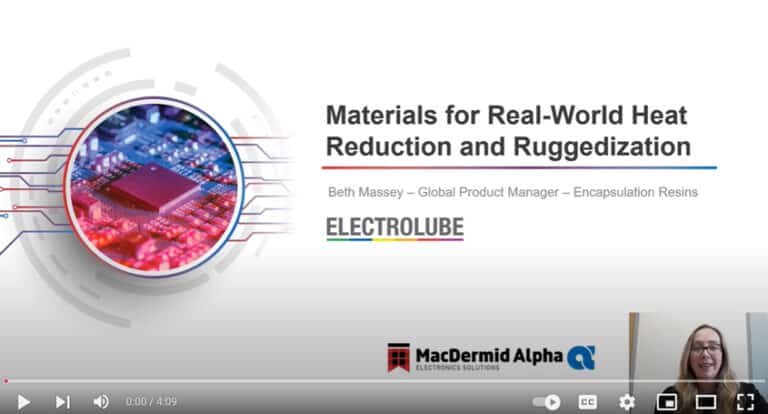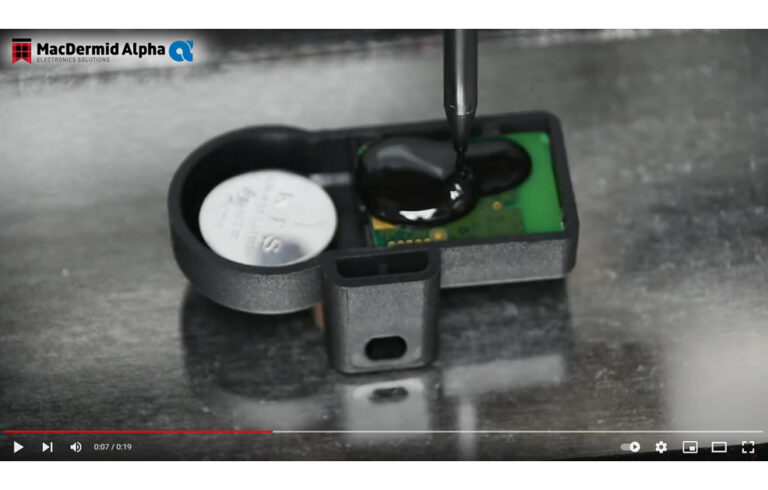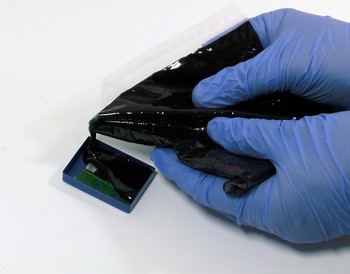The purpose of cleaning, specifically within the rapidly expanding electronics industry, is to essentially improve product lifetime by ensuring good surface resistance and by preventing current leakage leading to PCB failure. This developing market sees modern and future electronics becoming smaller and smaller and the requirement for high performance and reliability is stronger than ever. In order to achieve good insulation resistance and ensure adequate adhesion of conformal coatings and encapsulation resins, the cleanliness of the electronic assemblies is essential.
There are many stages where cleaning is required; prior to stencilling and soldering in order to remove contaminants from the many previous production stages, after stencilling to remove excess solder paste/adhesive and after soldering to remove corrosive flux residues and any solder balls.
In industry today, many manufacturers are turning to ‘no clean’ processes, implying that cleaning is not required after soldering. In the ‘no clean’ process the solids content of the flux is lower than traditional types, however they still contain rosin and activator. Such residues, along with any other unwanted elements collected due to the missing cleaning stage, could cause issues with adhesion and possibly affect the performance of the protecting media applied, ie. Encapsulation Resins or Conformal Coating. It can therefore be stated that even with advances in new technologies, such as ‘no clean’ fluxes, cleaning is still an essential multi-stage process within the electronics industry.
Finally, there are also cleaning stages required for the removal of coatings and adhesives when re-work is necessary, for the cleaning of individual components and for maintenance of the production line.










